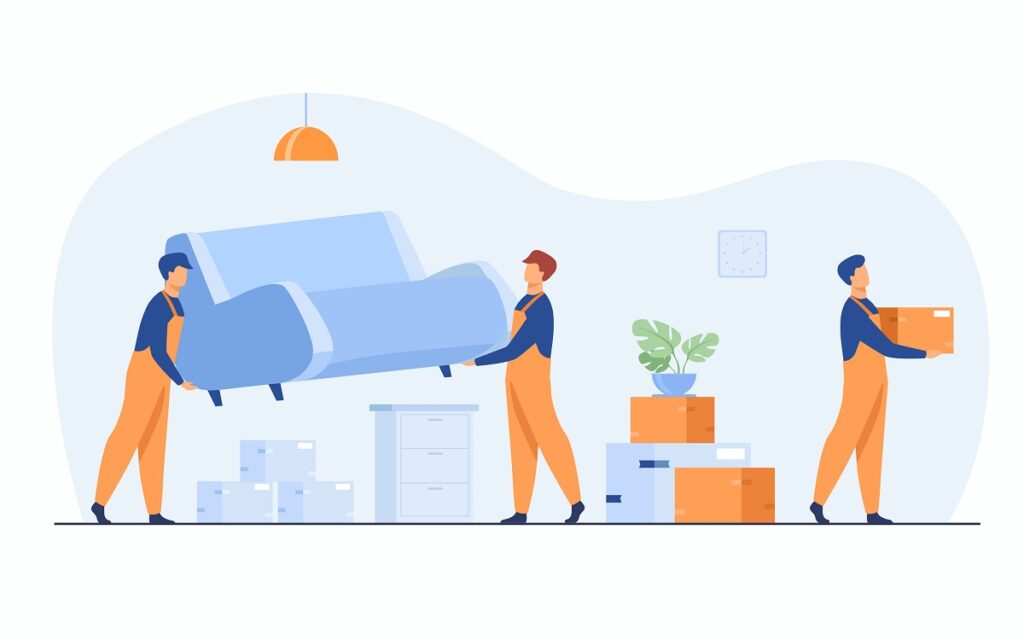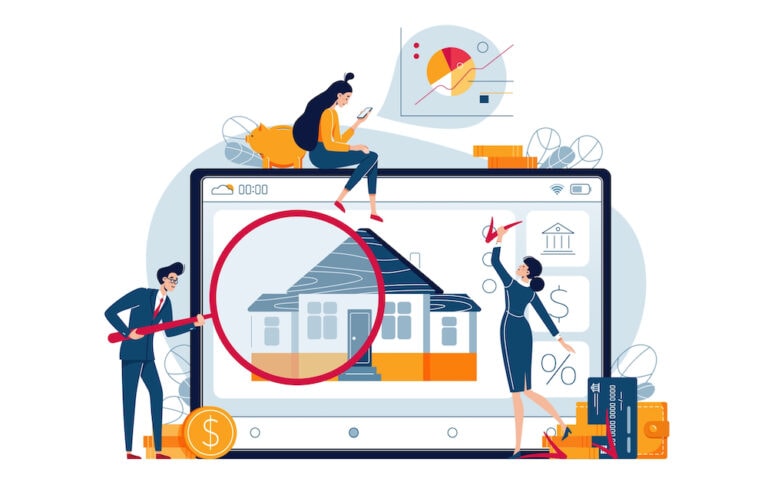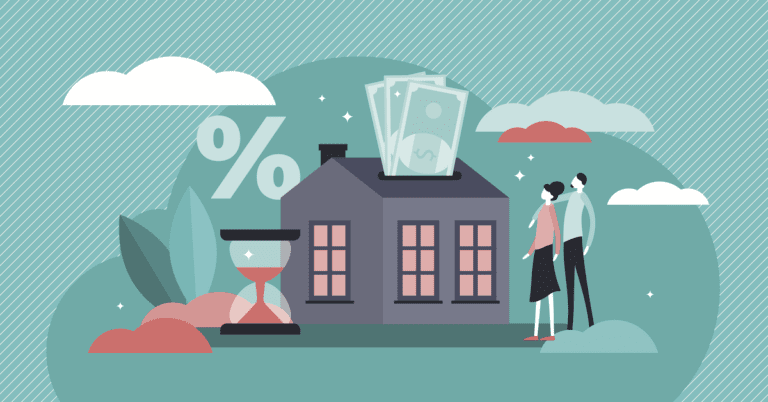Before you put your home on the market or start packing up your belongings, it’s good to have a general idea of what items sellers should leave for buyers and what should be taken to the new home.
The real estate term for an item that sells with a property is “convey.” Items that are on the property while it’s on the market but are not included in the home are items that do not convey.
Some stuff can be left behind as a negotiation tactic, especially if the buyer inquires about it. And if you’re leaving behind the fridge and washing machines, you can use that as a selling point to bolster your purchase price.
If you want to sell your house for top dollar, you need a good agent. But you shouldn’t have to pay the standard 3% agent commission.
Not sure what stays with a house when you sell it? Read on to learn what kind of stuff you can leave behind when you sell your house.
What Definitely Stays Behind: Built-in Items
As a general rule, when you’re selling your home, anything that’s attached or built into the house typically conveys with the property. For example, if your house has built-in bookshelves, you should leave those shelves for the buyer. The same is true of any fireplaces, bathroom fixtures and kitchen fixtures.
The stove usually conveys unless otherwise noted. But if the seller does not want the stove to convey, it has to be noted in the contract. This could cause headaches for buyers, so you’ll want to adjust your price accordingly.
You should also leave behind wall-to-wall carpeting and other flooring, hardware such as doorknobs and drawer pulls, light fixtures and any security systems or alarms, such as carbon monoxide monitors and smoke alarms. Items outside of the home should also be left behind if they are in the ground.
For example, unless you specifically state that exterior, grounded items do not convey, any bushes, trees and other in-ground plants should be left with the house. Leave any extra paint behind for the new owners.
If there’s something you want to take like a custom light fixture, replace it before showing your home. Even something cheap from a hardware store is better than nothing.
Examples of Items that Convey
If any of the following items exist on or in your property, they will sell along with the home by default. If you want to negotiate any of these, you’ll need to negotiate or specifically call it out in the contract.
- Built-in appliances
- Existing electrical, mechanical, lighting, plumbing, heating and cooling fixtures
- Ceiling fans
- Solar energy systems
- Shutters and window coverings
- Attached floor coverings
- Installed television antennas and satellite dishes
- Private integrated telephone systems
- Pool/spa equipment
- Mailbox
- Installed water softeners or water purifiers
- Security systems/alarms
- Window and door screens
- Awnings
- Storm doors and windows
- Trash compactor
- Fireplace doors, gas logs, inserts and gas log lighters
- Irrigation fixtures
- Electric garage door openers and remotes
- Water heaters
- Shrubs, plants, and trees planted in the ground
- All bathroom and other fixtures
- All associated operating equipment
What Might Stay Behind: Certain Appliances and Furnishings
You don’t have to leave behind your refrigerator or other purchased appliances, such as the microwave, washer or dryer, but it can be a good negotiation tactic.
Buyers sometimes anticipate that the appliances will stay, so if you do plan to take those items, put that in writing before closing what does and does not convey so you and the buyer are on the same page. There should be a line item on the purchase contract to do so.
» LEARN: Read this for more appliance advice when selling your home
Certain furnishings can also be left behind, but they don’t have to be. For example, if you have a swing set outside that your kids have outgrown and a buyer has younger kids, you can offer to sell it with the house.
It’s also possible that a buyer might fall in love with a certain item in your home that you were planning to take, such as your couch or a freestanding bookcase in the living area. In that case, you can decide to include those items in the sale of the house if they turn out to be a good negotiating tool.
📺 Should You Leave TV Mounts When Selling a Home?If you’ve mounted a flat-screen TV to the wall, it might be easier to sell the wall mount and television with the home and purchase a new one in your next home. But if you love your TV, remove it and leave the mount. If the buyer wants you to remove the mount, they’ll ask you to do so before closing. Otherwise, they’re accepting it as part of the home purchase. |
What Doesn’t Stay: Your Personal Belongings
Unless you negotiate a deal with a buyer, any items that belong to you and aren’t attached to or otherwise part of the house go with you when you sell.
Plan to take your furniture, art hanging on the walls, small throw rugs, hanging plants, beds, curtains, etc. with you when you move.
Exterior items, like patio umbrellas, should be taken with you. But if something is too big or bulky, you can ask the buyer’s realtor if they’re interested in keeping that item.
If you plan to take something that would normally be left behind, such as your prized rose bushes or a light fixture that is a family heirloom, make sure you put that in writing at the start of the selling process and tell your agent to relay that information so buyers are aware.
You don’t have to replace an item unless the buyer requests it. However, it could lead to the buyer requesting more repairs to make up for the removed item, or they might like the home a little bit less.
The Problem With Conveying All Items
In some home sales, everything conveys with the property. That’s fine for cash buyers, but for buyers who use a loan, that can cause problems.
Sellers will adjust their home price to account for all the furniture. Appraisers do not account for furniture and other items in the house. So if the home does not appraise for the listing price because the seller raised the price for all the furniture, the buyer will need to finance the appraisal gap. Learn more about appraisals and appraisal gaps here.



